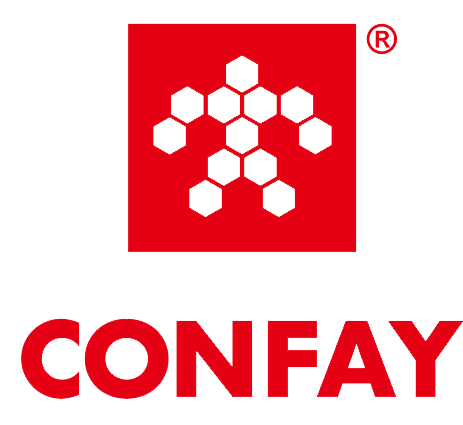How to Use Flat Lamination PUR Hot Melt Adhesive for Woodworking
Flat lamination with Polyurethane Reactive (PUR) hot melt adhesive is a popular choice in woodworking, especially for creating strong, durable bonds in laminated products. PUR hot melt adhesives offer exceptional bonding strength, moisture resistance, and flexibility, making them ideal for various woodworking applications. In this article, we will guide you through the process of using flat lamination PUR hot melt adhesive effectively.
What is Flat Lamination PUR Hot Melt Adhesive?
Flat lamination with PUR hot melt adhesive is designed specifically for bonding layers of wood, veneer, or other materials in a flat configuration. This adhesive cures by reacting with moisture in the air, creating a robust bond that is resistant to heat, water, and other environmental factors. It is widely used in furniture manufacturing, cabinetry, and other woodworking projects where a strong, durable bond is essential.

Benefits of Using PUR Hot Melt Adhesive in Flat Lamination
Strong Adhesion: PUR hot melt provides superior bonding strength compared to traditional adhesives, ensuring long-lasting results.
Moisture Resistance: Ideal for applications that may be exposed to humidity or moisture, making it suitable for both indoor and outdoor projects.
Flexibility: The adhesive allows for some movement in the materials, reducing the risk of joint failure.
Quick Setting Time: PUR hot melt adhesives set quickly, enabling faster production times.
Step-by-Step Guide to Using Flat Lamination PUR Hot Melt Adhesive
Step 1: Prepare Your Workspace
Clean the Area: Ensure your workspace is free from dust, debris, and contaminants that could affect adhesion.
Ensure Ventilation: Work in a well-ventilated area to avoid inhaling any fumes released during the adhesive application.
Step 2: Gather Your Materials
PUR Hot Melt Adhesive: Choose a high-quality flat lamination PUR hot melt adhesive suitable for your specific woodworking project.
Applicator: Use a hot melt applicator designed for PUR adhesives, capable of maintaining the necessary temperature.
Protective Gear: Wear gloves and safety goggles to protect yourself during the application process.
Step 3: Prepare the Wood Surfaces
Clean Surfaces: Thoroughly clean the surfaces to be bonded, removing any dust, oils, or contaminants.
Roughen Surfaces: If necessary, lightly sand the surfaces to create a rough texture that enhances adhesion.
Step 4: Set the Temperature
Adjust the Applicator: Set the hot melt applicator to the recommended temperature (typically between 100°C and 160°C). Allow it to heat for a few minutes to ensure optimal adhesive flow.
Step 5: Apply the PUR Hot Melt Adhesive
Test the Applicator: Before applying to your project, test the applicator on a scrap piece of wood to ensure the adhesive flows correctly.
Apply Evenly: Use the applicator to apply a uniform bead of adhesive on one or both surfaces. Be careful not to over-apply, as this can lead to excess squeeze-out.
Work Quickly: PUR hot melts have a limited open time, so position and bond the materials promptly after application.
Step 6: Laminate the Wood Pieces
Align and Press: Carefully align the wood pieces and press them together firmly. Ensure even pressure is applied across the joint for a strong bond.
Avoid Excess Pressure: While it’s important to create a strong bond, avoid applying excessive pressure that could force out too much adhesive.
Step 7: Allow for Curing
Curing Time: Allow the adhesive to cure fully. The curing time can vary based on environmental conditions, typically taking several hours to a day.
Avoid Stressing the Joint: Do not move or stress the laminated pieces until the adhesive has completely cured.
Step 8: Clean Up
Remove Excess Adhesive: After curing, clean up any excess adhesive with a suitable solvent or scraper.
Maintain Your Tools: Clean your applicator and any tools used to prevent adhesive buildup and ensure they remain in good working condition.
Conclusion
Using flat lamination PUR hot melt adhesive in woodworking can significantly enhance the quality and durability of your projects. By following these steps, you can achieve strong, lasting bonds that withstand various environmental conditions. Please CONTACT US Confay adhesive for expert advice and support. Embrace the future of profile wrapping with innovative adhesive solutions!

